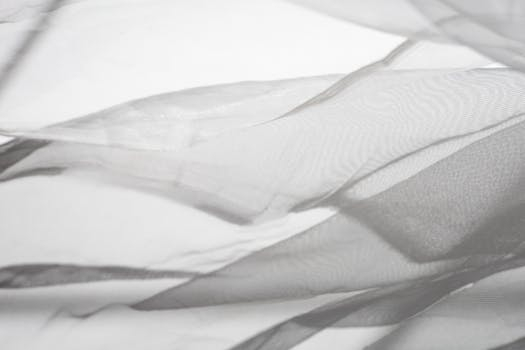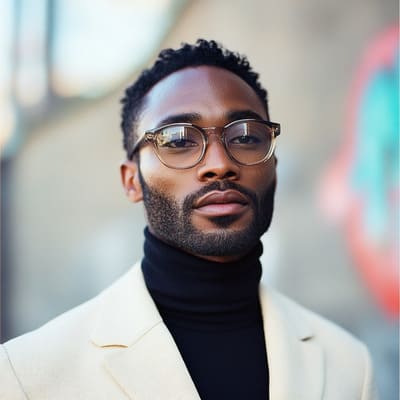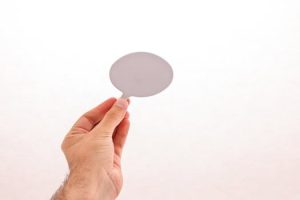The Art of Draping in Modern Couture
The world of haute couture is a fascinating one, filled with exquisite designs and intricate techniques. One such technique that has stood the test of time and continues to be a hallmark of modern couture is draping. The art of draping has been practiced for centuries, dating back to ancient Greece and Rome. It has evolved over the years, but its essence remains the same – creating beautiful, flowing garments that drape and mold to the body. In this article, we delve into the art of draping in modern couture and how it continues to captivate and inspire fashion designers around the world.
The History of Draping in Modern Couture
The history of draping can be traced back to the early civilizations of Egypt, Greece, and Rome. These ancient cultures used draping techniques to create clothing that was both functional and aesthetically pleasing. In fact, the toga, which is one of the most iconic garments of ancient Rome, was created through draping. The art of draping then spread to other parts of the world, with different cultures incorporating their own unique styles and techniques.
However, it was not until the 19th century that draping made its way into modern couture. It was during this time that fashion designers began experimenting with different types of drapes and folds, moving away from the traditional rigid tailoring methods. It was also during this period that haute couture houses, such as Chanel and Dior, emerged, and draping became an integral part of their signature styles.
The Technique of Draping
Unlike pattern making, which involves creating a blueprint of a garment using measurements, draping is a more hands-on and intuitive process. It involves manipulating fabric on a dress form or model to create the desired shape and structure of a garment. This allows for more fluidity and movement in the final design. A skilled draper knows how to pin and tuck fabric in just the right places to create volume, drape, and silhouette.
The beauty of draping is that it allows for endless possibilities. From soft, flowing drapes to bold, structured folds, the technique can be used to create a wide range of looks. It also allows for more uniqueness and personal touch in each design, as no two drapes will ever be exactly alike.
Why Draping is Still Relevant in Modern Couture
In today’s fast-paced world of fashion, where trends come and go, draping remains a constant. It is a skill that is passed down from generation to generation, preserving the art form and its techniques. But more importantly, draping is still relevant in modern couture because of the unique, one-of-a-kind designs it produces.
Couture garments are known for their impeccable fit and attention to detail, and draping plays a crucial role in achieving this. By manipulating fabric on a dress form, designers are able to create custom-fitted garments that hug the body in all the right places. This not only enhances the overall look of the garment but also adds to the comfort and wearability of the garment.
The Evolution of Draping in Modern Couture
The art of draping continues to evolve in modern couture, adapting to the ever-changing fashion landscape. Designers are constantly pushing the boundaries and experimenting with different fabrics, draping techniques, and styles, resulting in ever more innovative and stunning designs.
In recent years, we have seen a resurgence of draping in fashion, with designers such as Alexander McQueen, Valentino, and Giambattista Valli incorporating it in their collections. This has brought draping back into the mainstream, proving that it is still a relevant and essential technique in modern couture.
Final Thoughts
The art of draping has stood the test of time and continues to be an integral part of modern couture. Its ability to create unique, one-of-a-kind designs that fit and flatter the body makes it a must-have skill in any designer’s repertoire. As fashion trends come and go, one thing is for sure – draping will continue to captivate and inspire fashion designers for many years to come.









